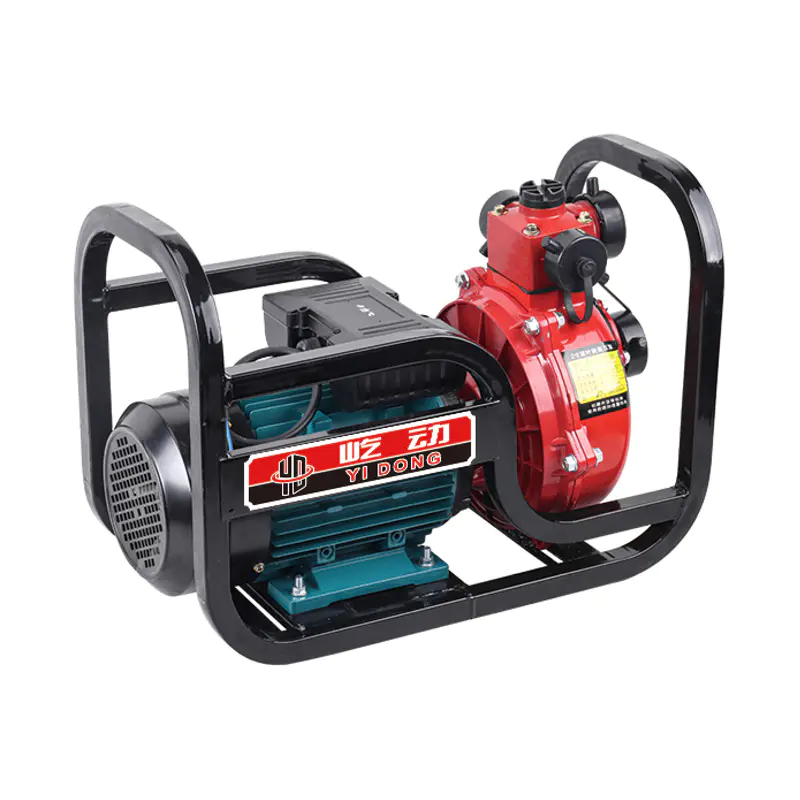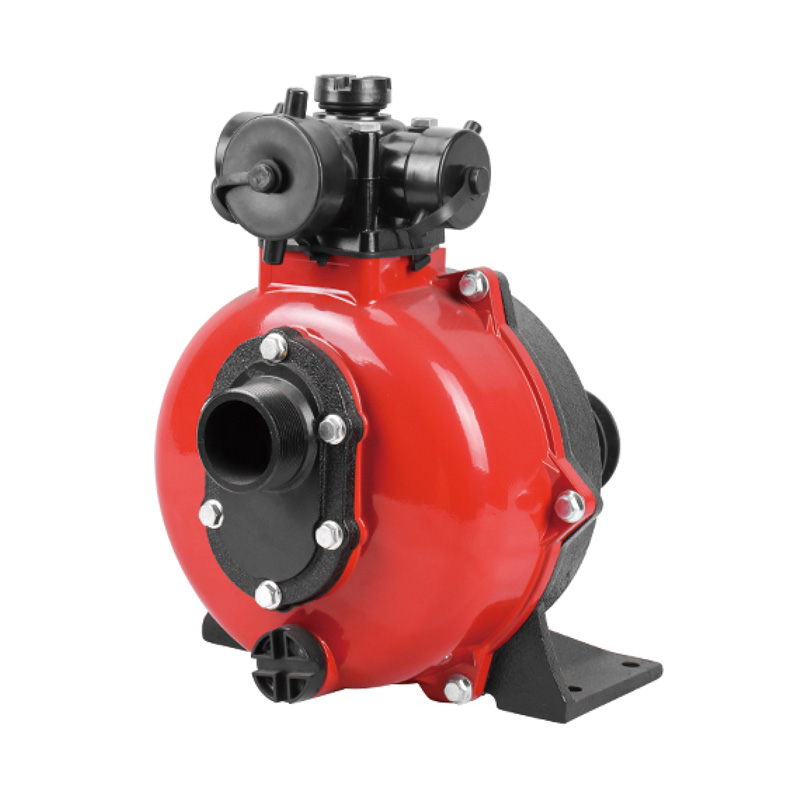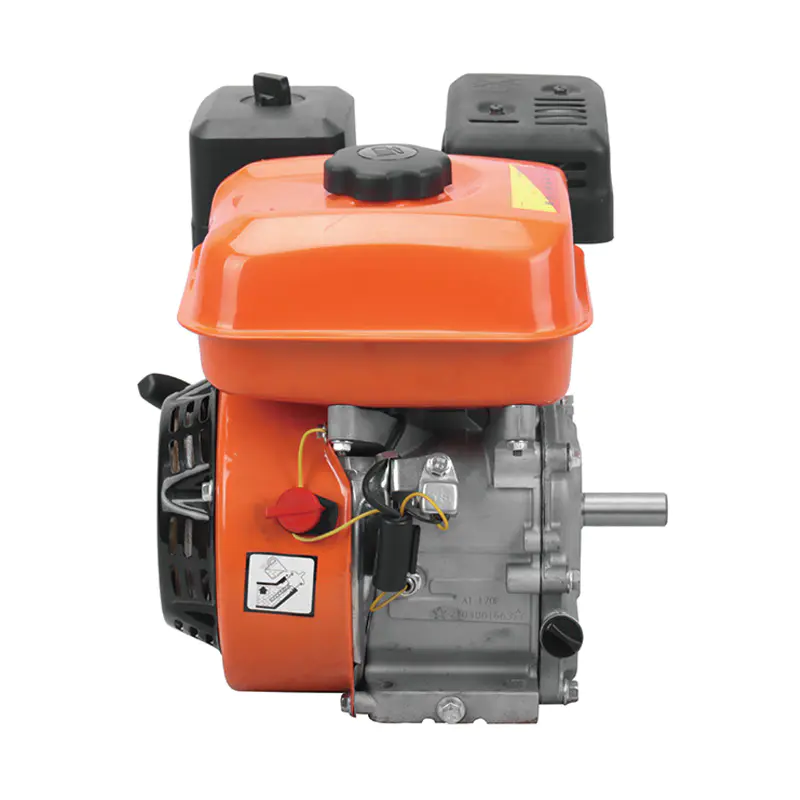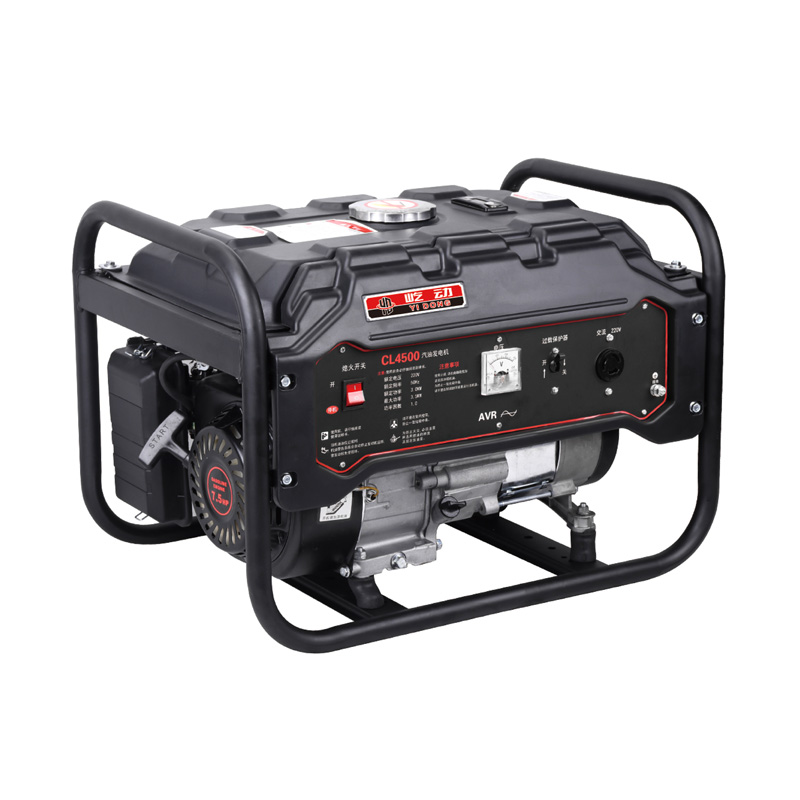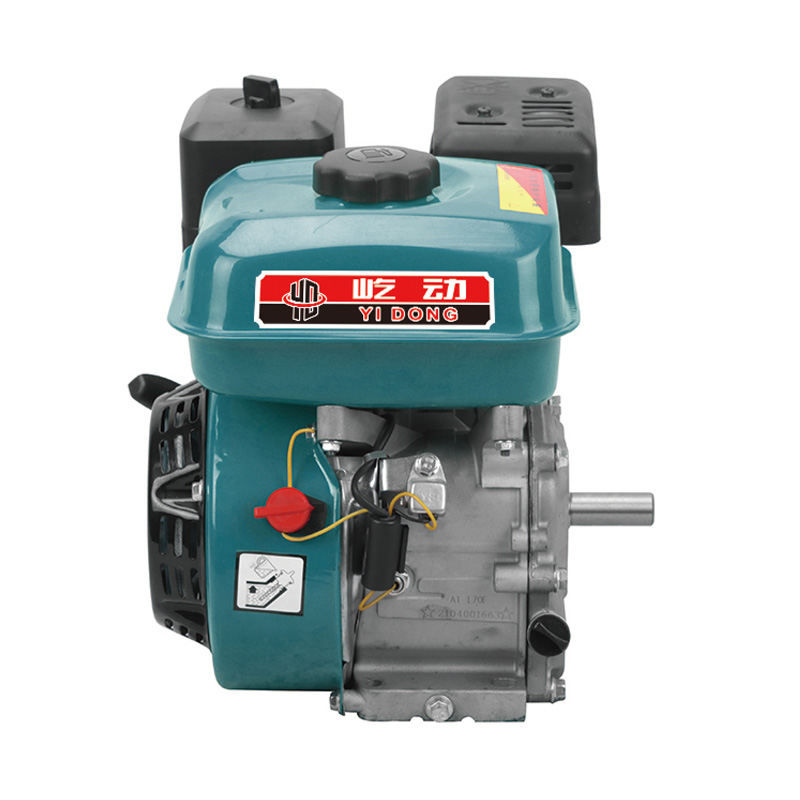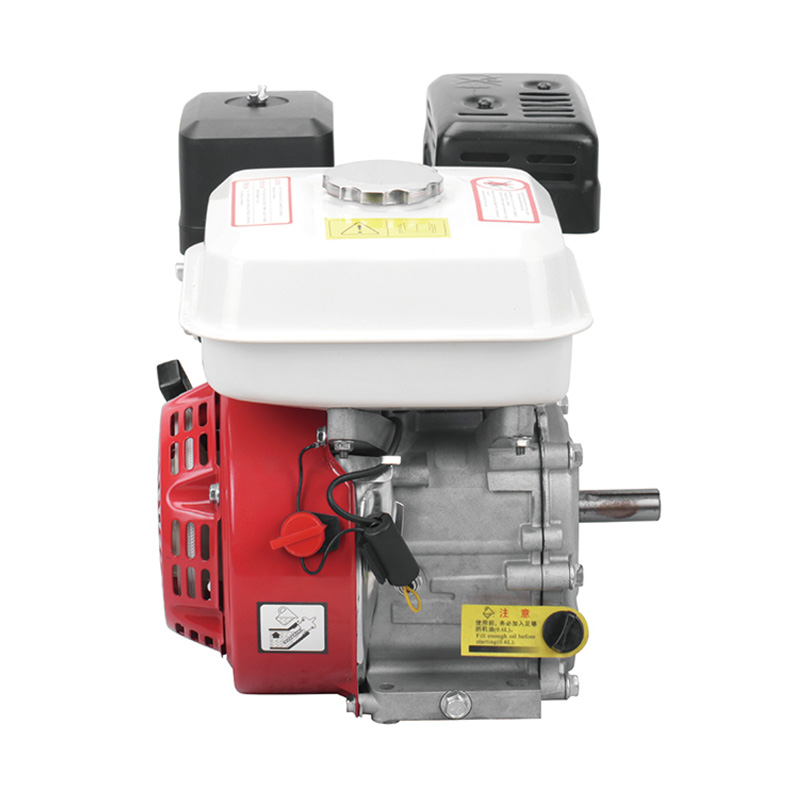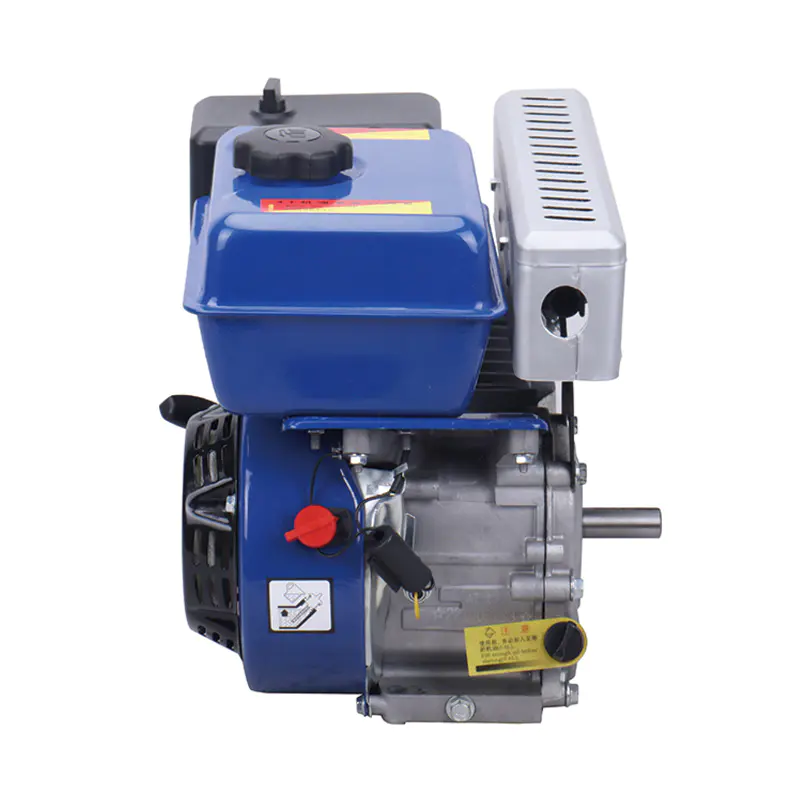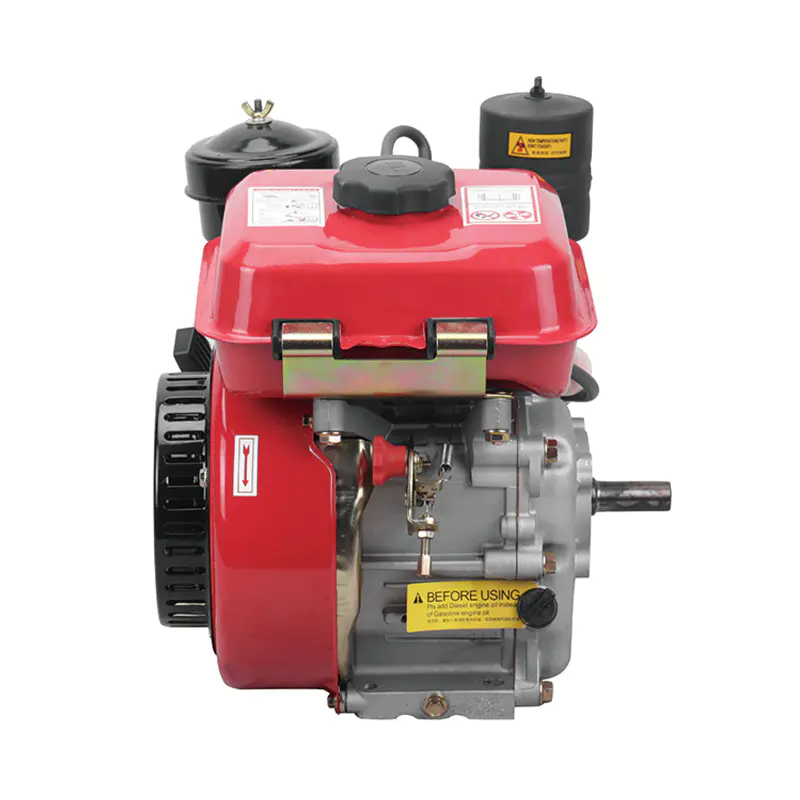High-pressure steel self-priming water pumps are indispensable assets in demanding sectors such as agriculture, construction, industrial processing, and marine services. Their ability to evacuate air, create a powerful vacuum, and move water against significant resistance defines their operational value. While the mechanical design is crucial, the long-term performance and service life of these pumps are fundamentally anchored in the chemical properties of the materials from which they are constructed. The intense pressures, potential for abrasive or corrosive fluids, and the need for reliable self-priming action impose specific requirements on the pump's components. Therefore, selecting materials based on their inherent chemical characteristics is not merely a matter of specification but a primary determinant of durability and efficiency.
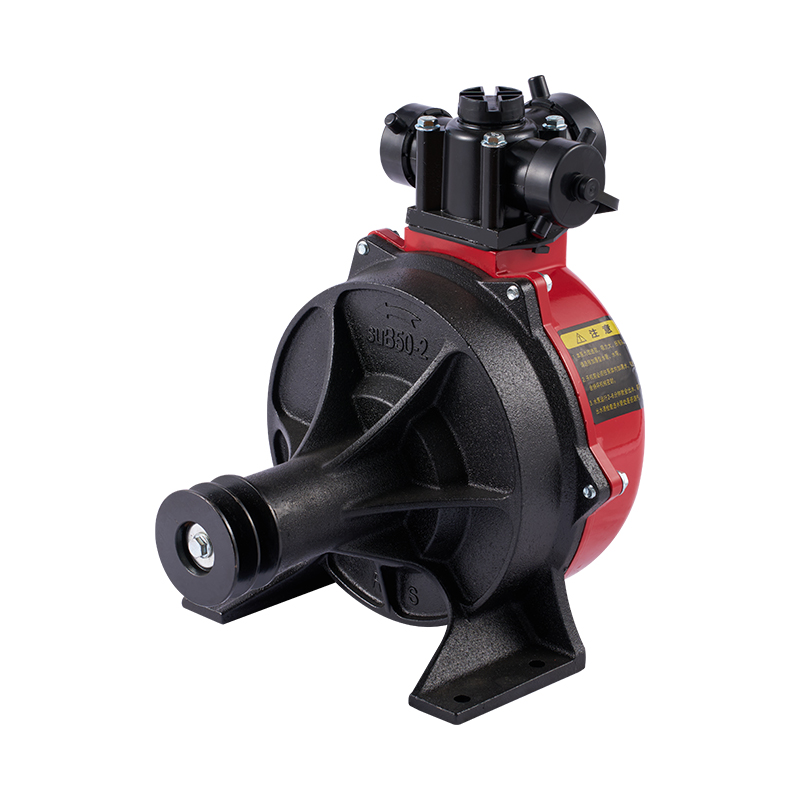
Exceptional Corrosion Resistance for Longevity
The primary housing and structural components of these pumps are typically manufactured from cast iron or stainless steel, chosen for their strength. However, their interaction with water and other chemicals defines their lifespan. Corrosion resistance is arguably the critical chemical property for ensuring the pump's integrity over time.
Formation of a Passive Oxide Layer.
In stainless steel alloys, the desirable property is the ability to form a passive, protective oxide layer on the surface. This thin, inert film, primarily composed of chromium oxide, acts as a shield that prevents further oxidation of the underlying iron. When the surface is scratched or damaged, this layer can self-heal in the presence of oxygen, making it highly effective for resisting rust and general corrosion from fresh or saltwater.
Hardness and Wear Resistance for Durability
The internal components of a self-priming pump, such as the impeller and the wear plate or volute, are subject to relentless mechanical and abrasive forces. The chemical properties that contribute to hardness and wear resistance are therefore paramount.
Strong Atomic Bonding and Crystal Structure.
The hardness of a material is a direct result of its atomic structure and the strength of the bonds between its atoms. Materials like high-chromium white iron or through-hardened stainless steels possess complex, rigid crystal structures that resist deformation and material loss. The specific alloying elements, particularly carbon and chromium, form hard carbides within the metallic matrix, providing a durable, abrasion-resistant surface.
Low Friction Coefficient.
While related to physical performance, a material's inherent slipperiness is influenced by its surface chemistry and how it interacts with other materials and water. Certain engineered polymers or composites, when used for bushings or seals, are selected for their naturally low coefficient of friction. This chemical inertness reduces adhesive wear and the energy lost to friction, contributing to smoother operation and less heat generation.
Retention of Properties at Operating Temperatures.
The high-pressure operation and fluid friction can generate significant heat within the pump chamber. A desirable chemical property is thermal stability—the ability of the material to maintain its hardness and microstructural integrity at elevated temperatures. Tempering resistance, ensured by a stable alloy composition, prevents the material from softening and losing its wear-resistant qualities under these demanding conditions.
Stability and Inertness for Sealing and Impeller Integrity
The sealing system and the impeller face unique challenges where chemical stability is as important as mechanical strength. Any failure here can a loss of prime, pressure drop, or pump failure.
Chemical Inertness of Elastomers.
The seals, O-rings, and gaskets, typically made from synthetic elastomers like Nitrile (Buna-N), Viton (FKM), or EPDM, must be selected for their chemical compatibility with the fluid being pumped. A desirable property is their resistance to swelling, hardening, or chemical degradation when exposed to the water’s composition, which may include minerals, chlorine, or mild chemical agents. This inertness ensures the seal maintains its shape and flexibility, preserving the vacuum necessary for self-priming and preventing leaks.
Dimensional Stability of Composite Materials.
In some modern pumps, impellers or wear plates may be made from engineered composites. A key desirable chemical property of these materials is low water absorption and high dimensional stability. They must not swell, warp, or change their physical dimensions significantly when saturated with water, as this could alter critical clearances between the impeller and the volute, a catastrophic loss of efficiency and pressure.
Non-Reactive Nature for Fluid Purity.
In applications involving potable water or food processing, the materials must be non-toxic and non-reactive. This requires that all wetted components, from the steel housing to the seals, do not leach harmful substances or impart taste and odor to the water. The chemical property of inertness ensures the pumped fluid remains pure and uncontaminated by the pump itself, meeting health and safety standards.



 English
English русский
русский Français
Français Español
Español عربى
عربى